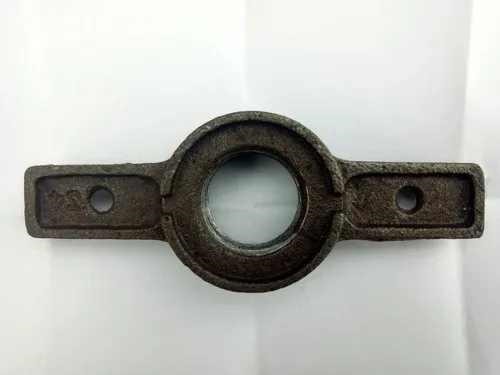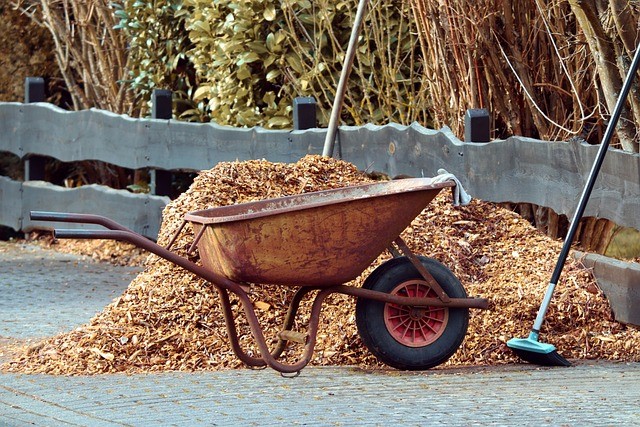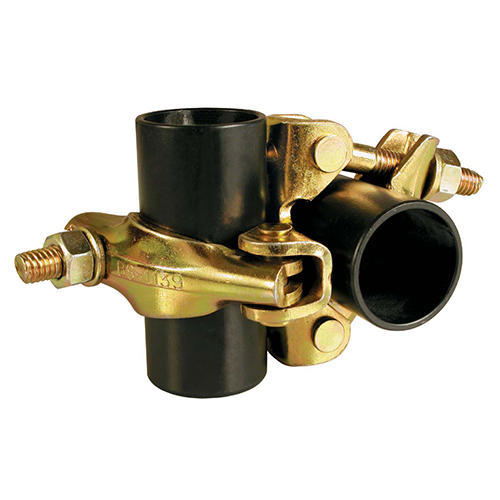
Fixed Clamp vs Swivel Clamp: A Comprehensive Guide for Choosing the Right Clamp
2 years ago ,
Pappu Trade Concern
Fixed Clamp vs Swivel Clamp: A Comprehensive Guide for Choosing the Right Clamp
In the world of construction, clamps are an essential tool for any project. However, with many types of clamps available, choosing the right type of clamps is extremely essential. Why? Choosing the right type of clamp for your project can be the difference between a safe construction project and an unsafe one. This is especially true when you have clamps like Fixed Clamps and Swivel Clamps. Each type of clamp has its own set of functionality and the correct place of implementation. But what is the difference between clamps- or, to be specific, what is the difference between Fixed Clamp and Swivel Clamp?
This blog will explore the differences between Fixed Clamps and Swivel clamps. So, without any further ado, let's get started!
Fixed Clamps
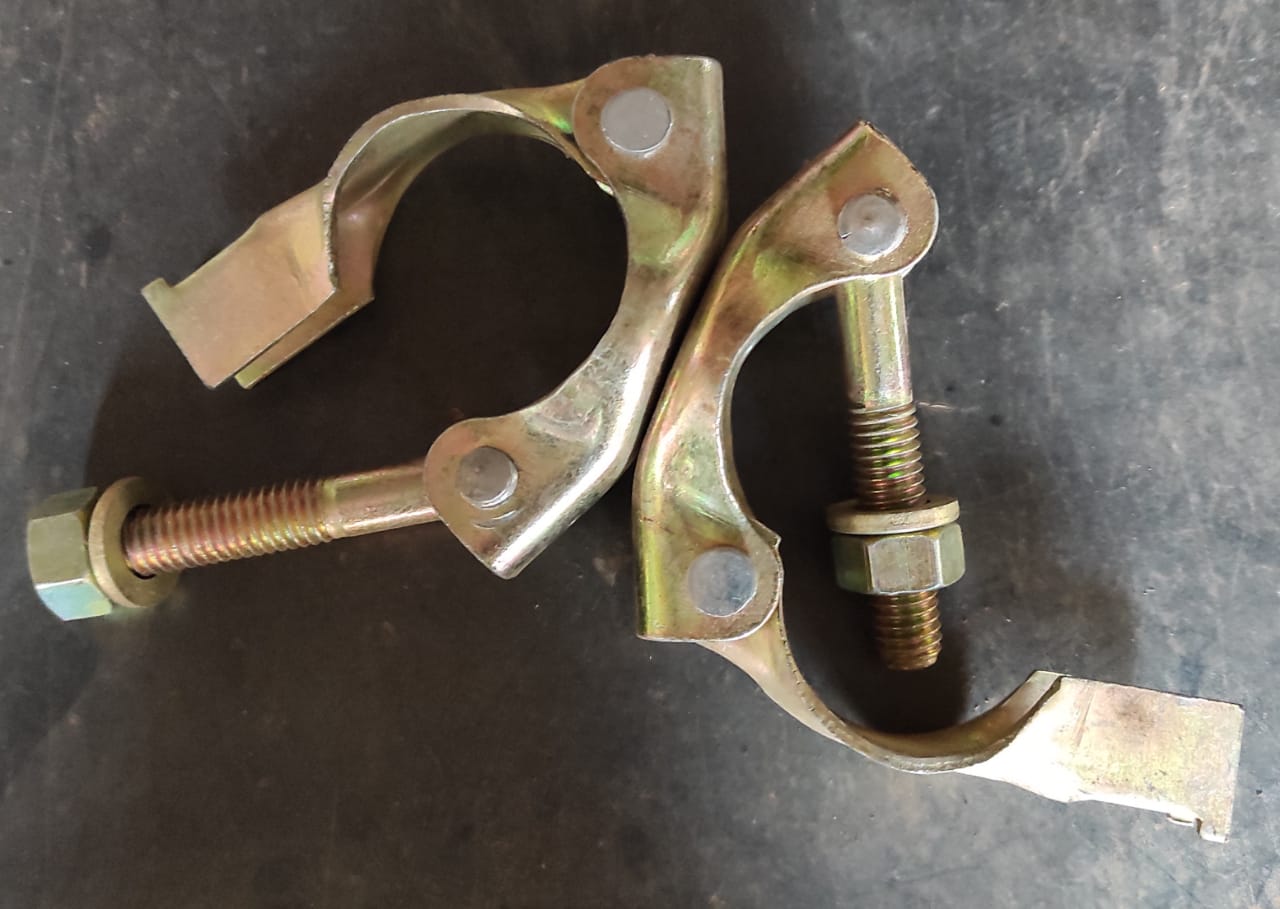
Fixed Clamps, or stationary clamps, are used to securely hold scaffoldings in a fixed place. These clamps do not allow for any form of movement. Therefore, this form of clamp is extremely helpful in securing scaffolding.
Key Features of Fixed Clamps
As mentioned earlier, fixed clamps are used to hold construction equipment stationary. To do this, a fixed clamp needs to possess a few key features. Some core fixed clamp features are as follows:
Stationery Design
The Fixed clamps have a body that is fixed into a specified place. This means that fixed clamps do not rotate like some other forms of clamps.
High Grip Strength
Fixed clamps have high grip strength. Therefore they are perfect for holding scaffolding and other similar construction equipment securely.
Highly Stable
Since fixed clamps do not rotate and have high grip strength, they are also highly stable. They can be used for heavy-duty applications in the construction sector.
Simple and Durable
Another core fixed clamp feature is its simplicity and durability. Fixed clamps generally consist of only a lever and grip. Along with this, they are made from sturdy materials like steel. Both of these combine to form a simple yet durable construction material.
Variety and versatility
The variety and versatility of fixed clamps is another key feature of Fixed Clamps. You can use fixed clamps to secure a wide range of projects. Some of this includes securing the framework, roofing, and securing panels. The best part about this is that regardless of the size or scale of your project, there is a perfect type of fixed clamp for you.
These are just some of the core fixed clamp features. But from this, you should have a good idea of the fixed clamp.
Use of fixed Clamps
Now that you know what a fixed clamp is and its key features let's talk about the use of fixed clamps. Some of how fixed clamps are used in the construction industry are as follows:
Formwork and concrete placement
One of the primary uses of fixed clamps is in the construction of concrete structures. The fixed clamps help maintain the mold's desired shape during formwork.
Roofing and Scaffolding
Along with securing mold shape during formwork, they also secure roofing and scaffolding. They prevent movement in roofing supports and scaffolding, ensuring worker safety.
Framing
Besides roofing and scaffolding, fixed clamps are also used for framing. They are used to securely hold beams, posts and other framing elements together.
These are some of how fixed clamps are used in the construction project.
Swivel Clamp
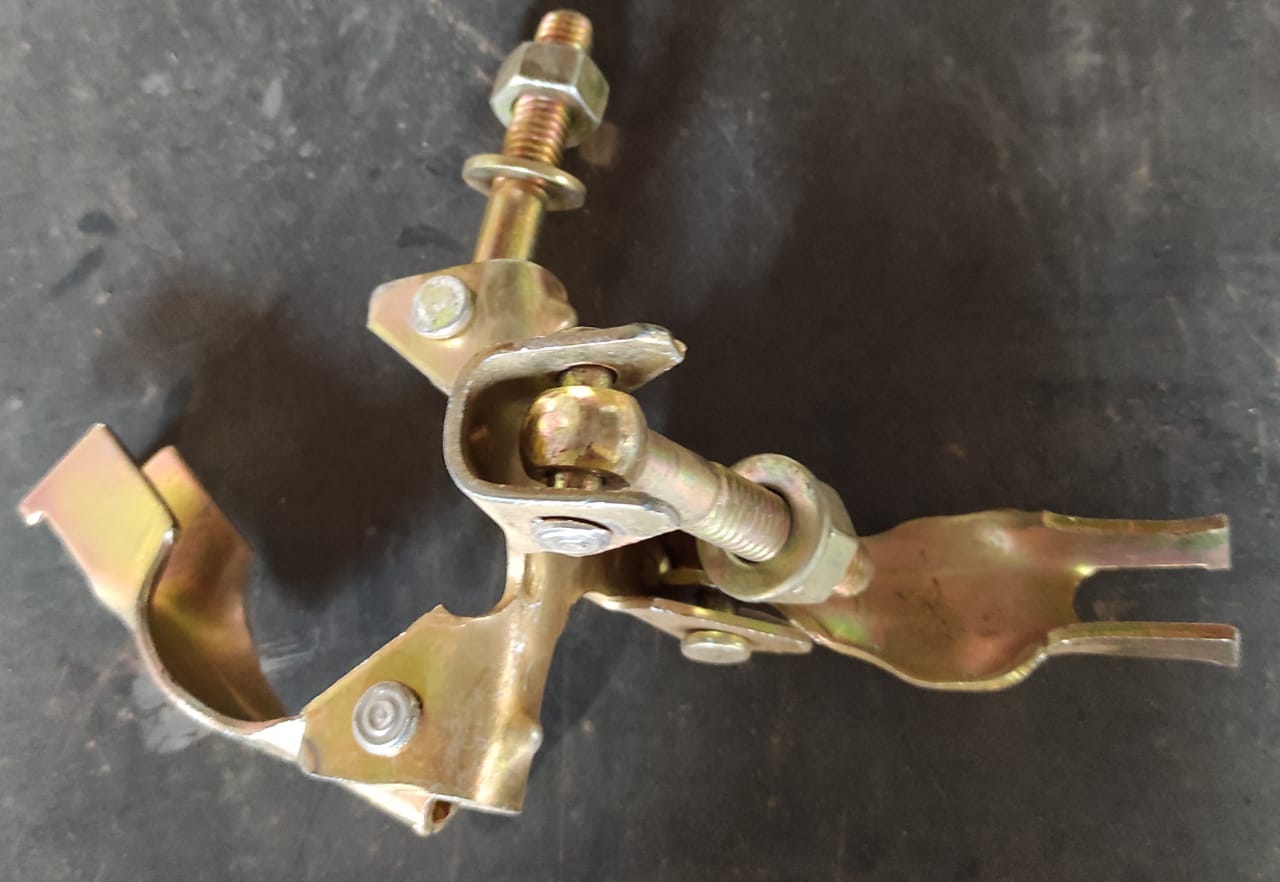
A swivel clamp is a special clamp with movable or adjustable jaws. Because of this, swivel clamps are also known as rotating clamps. Since swivel clamps can rotate, they are used in tasks that require flexibility and positioning.
Key Features of Swivel Clamps
As we mentioned earlier, swivel or rotating clamps have rotating or movable jaws. This is one of the key features of Swivel Clamps. But besides this, some of the other features of swivel clamps are as follows:
Angular Adjustments
Because of the rotating jaws of Swivel Clamps, they offer a high degree of flexibility in angular adjustments. This allows you to work from specific angles. Therefore, you can gain high flexibility if your construction involves angled cuts or bevels.
Secure Locking
Along with angular adjustments, Swivel Clamps also feature locking mechanisms. This allows the Swivel clamps to lock once you achieve your desired angle. The secure locking feature of Swivel Clamps prevents movements once locked.
Quick and Easy Repositioning
Another feature that is unlocked by having a rotating jaw is quick and easy repositioning. With Swivel Clamps, you can easily access different sides of the construction equipment. You can also access different surfaces of the construction equipment repositioning.
Versatility
Because of all the features we have mentioned so far, Swivel Clamps are extremely versatile. You can use swivel clamps when you need to fix equipment to a place and still have freedom of movement. Therefore, you can use swivel Clamps in a wide range of workplaces.
Compatibility with Accessories
Another core Swift Clamp feature is that this clamp is compatible with other construction accessories. Some compatible accessories include jaws, support arms, and angle plates. These accessories further enhance the functionality and versatility of Swivel Clamps.
Now these are just some of the core features of Swivel Clamps. But you can guess how versatile and functional the swivel clamp is from the ones mentioned here.
Use of Swivel Clamps
By now, you should have a general gist of a swivel clamp and its key features. Now, let's talk about some of the uses of Swivel Clamps.
Welding and Metal Fabrication
One of the primary uses of Swivel Clamps is in the area of welding and metal fabrication. These clamps allow rotation and positioning. Therefore, they make it easier for welders to access different joints during welding. Swivel Clamps also ensure the necessary flexibility in positioning.
Scaffolding
Another popular use of Swivel Clamps is in the field of scaffolding and other temporary structures. They allow construction workers to easily adjust scaffolding components. This, in turn, allows scaffolding on uneven surfaces and provides safety to the workers.
Accessory Mounting
Besides scaffolding, Swivel clamps are also widely popularly used for mounting accessories. As mentioned earlier, these clamps support a wide range of construction accessories. And therefore, construction workers make full use of this feature and use it to mount accessories.
These are some of the popular uses of swivel clamps. As you can guess, these clamps are used in many other ways. But even from these three uses, you can see how versatile this construction equipment is.
Key Differences between the Fixed Clamp and Swivel Clamp
Since we covered the definition, features, and uses of both Fixed and Swivel Clamps, you should be well aware of the differences between the two. However, let's talk about their differences for just a bit. This is the main topic of this blog, after all. So what are the key differences between these two clamps? Well, the core differences can be divided into five aspects. The Fixed clamp vs swivel clamp comparison are as follows:
Functionality
- Fixed Clamps: The primary function of Fixed Clamps is to hold objects securely. These clamps are designed to hold objects securely without any form of movement.
- Swivel Clamps: On the other hand, Swivel Clamps are designed to rotate and offer adjustable angles. This allows Swivel Clamps to be used as both fixed clamps and movable clamps.
Adjustability
- Fixed Clamps: As their name suggests, fixed clamps do not have any form of adjustability. While there are indeed different sizes of fixed clamps, they are designed to not be adjustable.
- Swivel Clamps: Contrary to Fixed Clamps, Swivel Clamps have rotating jaws. This allows Swivel Clamps to be more adjustable. However, the adjustments are limited to the angle of rotation.
Application
- Fixed Clamps: Fixed Clamps are used to secure objects with stationary grip. Therefore, they are used in situations where stability is important.
- Swivel Clamps: Swivel Clamps, however, are used when you need stability and adjustability.
Versatility
- Fixed Clamps: Fixed Clamps are relatively less versatile. Their function is simple but reliable.
- Swivel Clamps: Compared to Fixed Clamps, they are more versatile because of their adjustable nature.
Complexity
- Fixed Clamps: Fixed Clamps are simple as they only have a lever and a jaw.
- Swivel Clamps: Compared to Fixed Clamps, Swivel Clamps are more complex as they have additional joints that allow for movement.
These are the core differences between fixed clamps and swivel clamps. Following is the differences between Fixed Clamp and Swivel Clamp in a tabular form.
| |
Fixed Clamp
|
Swivel Clamp
|
|
Functionality
|
Hold objects securely
|
Allow for angular rotation while holding objects
|
|
Adjustablity
|
Non-adjustable
|
Highly Adjustable
|
|
Application
|
Used to secure objects with stationary grip
|
Used when stability and adjustability are required simultaneously
|
|
Versatility
|
Less versatile
|
More Versatile
|
|
Complexity
|
Less Complex
|
More Complex
|
Which One Should You Choose: Fixed Clamp Vs Swivel Clamp
In the end, fixed and swivel clamps have their use and functionalities. Therefore, there is no winner to the battle between Fixed Clamp vs Swivel Clamps. Fixed Clamps are used for areas requiring higher stability. However, Swivel Clamps are used for areas requiring angular mobility.
We hope you found this helpful. If you want further insights into construction equipment, please read our other blogs. And as always, thank you for reading till the end.
FAQ on Fixed Clamps and Swivel Clamps
Q: What is a Swivel Clamp used for?
A: A Swivel Clamp connects scaffolding tubes at an angle and provides flexibility while scaffolding.
Q: What is a fixed clamp?
A: A fixed clamp is a coupler connecting two scaffolding at the right angle.




